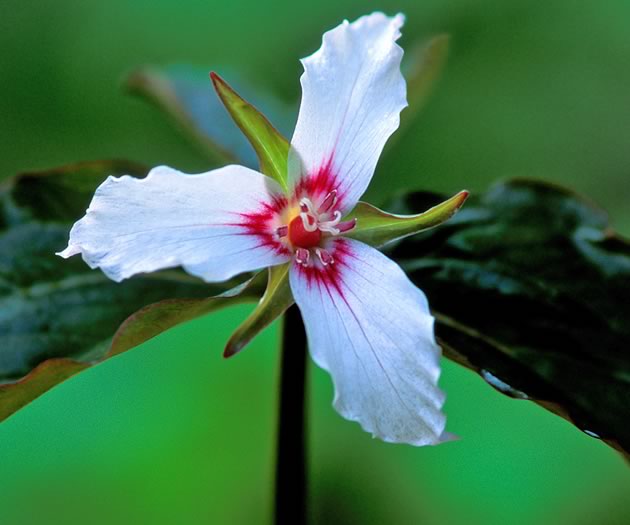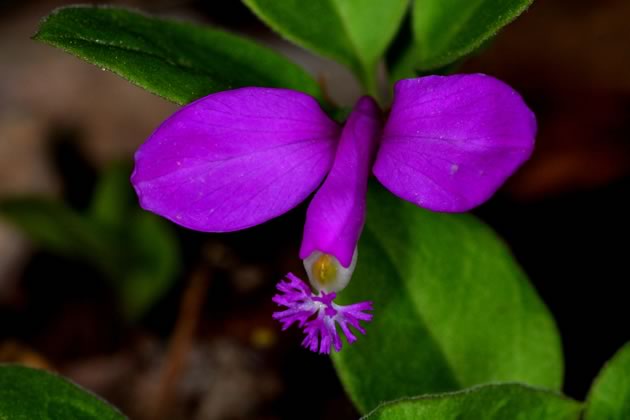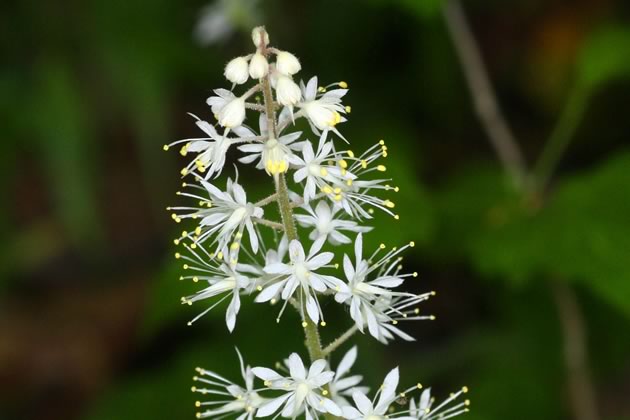Woodland Wildflowers
Spring wildflowers are a varied lot, many graced with fanciful names that fire the imaginations of children and adults.
In quiet sylvan haunts, lovely wildflowers are pushing through leaf mold and unfurling perfect leaves to the caress of the spring sun. Woodland wildflowers hold special appeal because their beauty is so fleeting. Most bloom for only a few short weeks in April and May, between snowmelt and the leafing out of deciduous trees.
They are a varied lot, many graced with fanciful names that fire the imaginations of children and adults alike: Dutchman’s breeches, mayapple, trout lily, gaywings, bloodroot, foamflower, stinking Benjamin.
Some are bold and obvious. Our provincial wildflower, the white trillium for example, flaunts its presence with brilliant flowers. Others are delightfully coy – floral jewels scattered serendipitously among emerald moss and lacy ferns.
Wildflowers shelter under canopies of oaks, maples, ash and beech. They in turn shelter shrews, red efts, wood frogs and star-nosed moles. Above, the virtuoso calls of wood thrushes and winter wrens resound – lovely music to complement the wildflowers’ beauty.
Some spring wildflowers like it wet. The canary-coloured marsh marigolds illuminate banks of streams that flow like liquid crystal through the woodlands. In these aquatic ribbons, other lovely things dwell. Brook trout flash among watercress, rising to the surface to gobble unwary bugs. Gorgeous rainbow darters rest on gravel beds, glowing in hues of blue and orange. They jostle for space with google-eyed sculpin in the cool, oxygen-filled water.
Jack-in-the-pulpits open their whimsical blooms in moist areas as well. Sometimes the Jacks look down into limpid pools where delicate fairy shrimp backstroke through the water.
Woodland wildflowers buoy our spirits, but we should appreciate them for more than their beauty. They are also indicators of healthy habitats where wonderful creatures creep, fly, sing and swim. A trillium is not only a trillium. It’s also a beacon, signalling biodiversity and ecological well-being.
Related Stories

Jack in the Pulpit
May 14, 2012 | | Notes from the WildThese plants can switch genders throughout their lives in response to growing conditions.

Spring’s Wild Beauties
Mar 31, 2013 | | EnvironmentThe heart-gladdening beauty of early wildflowers is a signal all is right in the woodland. Which one is your favourite?














